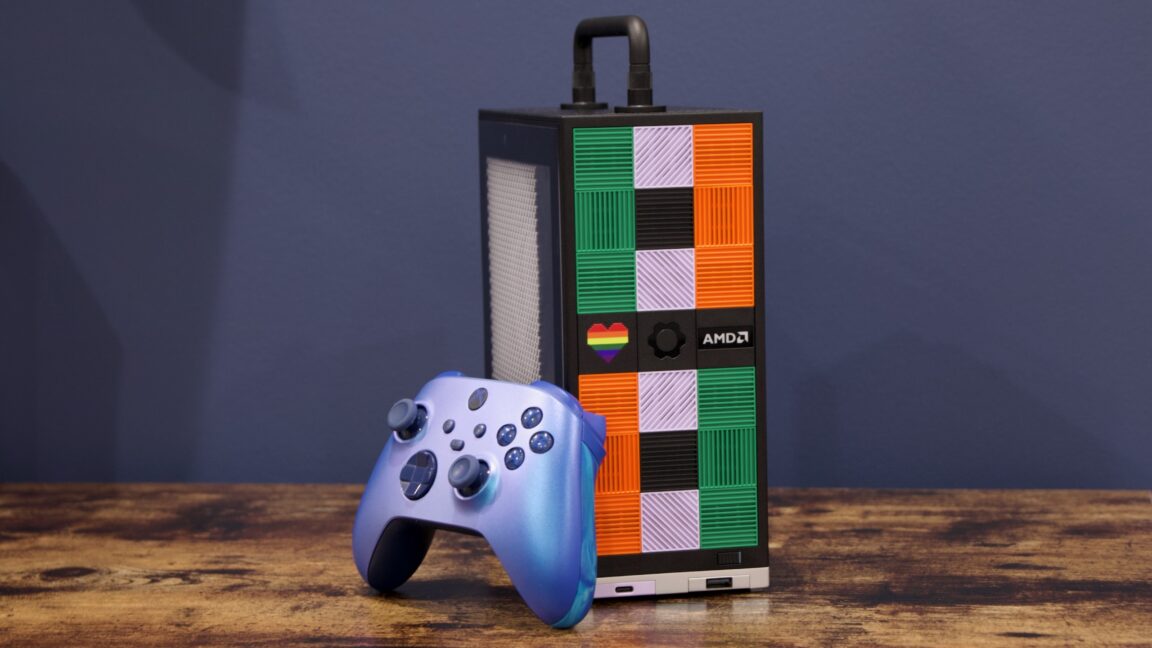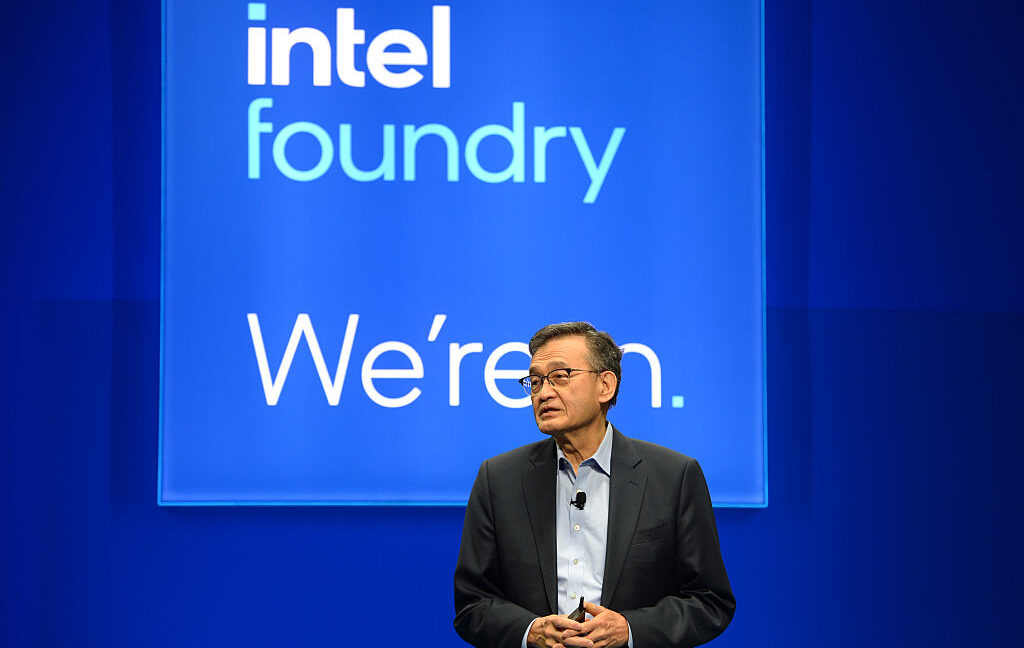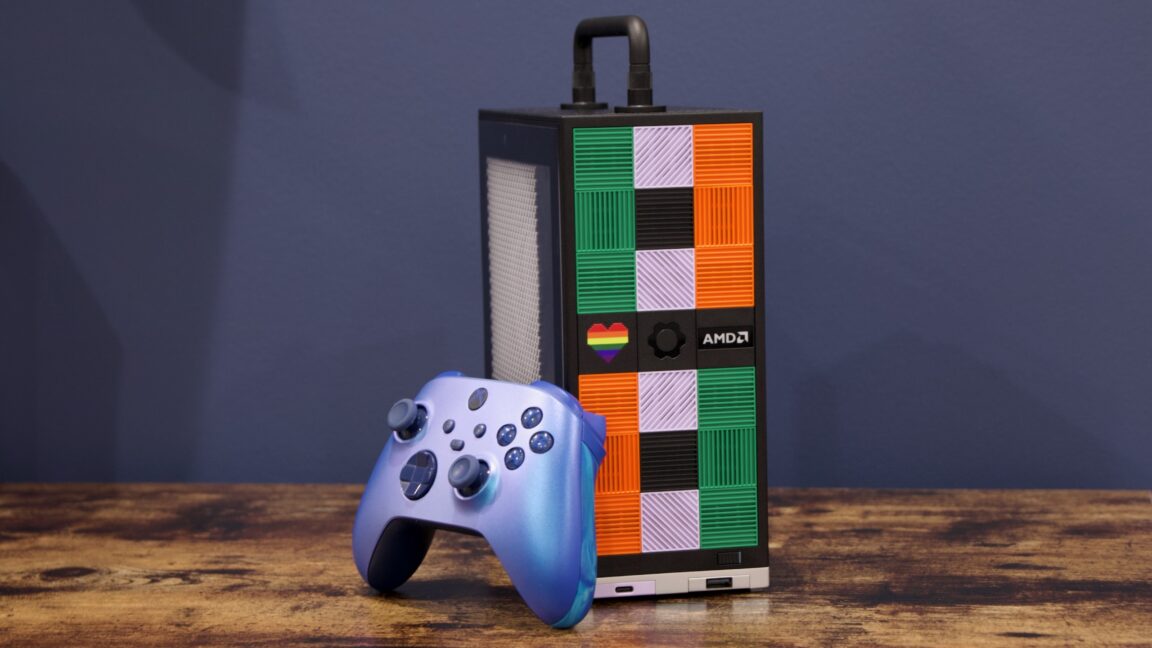Framework Desktop: A Fusion of Flexibility and Design

Framework is renowned for its innovation in creating modular, upgradeable, and repairable laptops. While the future of their Laptop 16 and 12 models remains undecided, the company has released numerous versions of its Laptop 13, allowing users to easily upgrade components like the motherboard and RAM. However, the new Framework Desktop poses an interesting paradox—the unique selling proposition that works for its laptops is less relevant here, with the desktop offering fewer upgradeable options compared to typical self-built PCs.
The Framework Desktop comes across as a compact alternative to obscure AMD Ryzen AI Max machines. Yet, the question remains: are users willing to sacrifice performance and post-purchase peace of mind for a smaller form factor?
Design and Assembly
Upon opening the Framework Desktop's packaging, buyers will appreciate the recyclable materials used. The unit arrives closer in size to mini ITX builds, providing a user-friendly assembly experience. Most parts, like the cooler and power connections, are pre-installed, leaving users to set up essentials like the SSD and fan on their own.
The design layout ensures users swiftly understand the unit's assembly and disassembly process, with handy SSD slots and user-accessible panels for easy upgrades.
Standards-Compliant Build
What sets the Framework Desktop apart is its adherence to industry standards without using proprietary parts unnecessarily. Unlike compact desktop counterparts, this model uses a standard ITX motherboard, and its power supply follows FlexATX guidelines. This compatibility ensures an easy future maintenance path should Framework discontinue.
Despite its benefits, the integration of soldered-down components like the CPU, GPU, and RAM limits the desktop's upgrade flexibility. A removable PCIe x4 slot remains its saving grace, allowing for some adaptability.
Performance and Power
Equipped with a 16-core AMD Ryzen processor, the Framework Desktop delivers high efficiency but encounters thermal throttling under extensive workloads. Due to power constraints, its performance aligns more closely with 12-core CPUs. Yet, for gaming at moderate resolutions, it proves powerful enough. In comparison with discrete GPUs, its integrated graphics fall short against newer, dedicated options.
On the upside, the Framework Desktop operates quietly compared to larger builds, making it a viable option for noise-sensitive environments.
Conclusion: A Unique Proposition
Aimed at users seeking a compact and thoughtfully designed PC alternative, the Framework Desktop merges creativity in design with a commitment to comply with industry standards. For those prioritizing ease of use over expandability, it's a fitting choice. However, traditional PC enthusiasts might prefer the freedom other setups offer beyond the MSRP.



